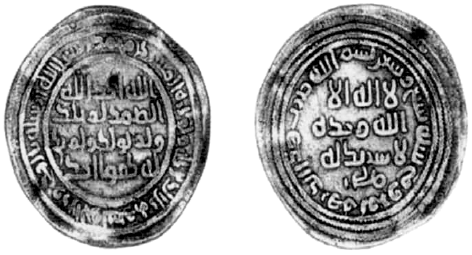Abstract
The literary evidence states that the coinage reform happened in 76 (H) in the time of the Caliph Abdel Malik ibn Marwan (65-86 (H) / 684-704 (AC). The first reformed Dinars, however, were struck in 77 (H), and the first epigraphical Dirhams back to the year 78 (H), which were strucked in Armenia, al-Kufa, and Adharbayjan and other cities. Epigraphic Dirhams were strucked in Khurasanin such cities as, Abarshahr, Marw, Marw al-Rudh , and Harat. Were the only places kept the Sasanian traditions, which existing in the way of writing the name of the mint. This study sheds the light on the political situation for Khurasan to explain this unique phenomenon, which happened only in Abarshahr, Marw, Marw al-Rudh, and Harat, apart from the rest of the Umayyad countries at that time. These Sasanian traditions had been repeated again during the Abbasids time during Haroon El Rashid's (170-193 H / 786-808 AC) caliphate, where the name of Abarshahr appeared once more on Dirhams with the name of Naysabur too.


